RFID Card Access Control
RFID card access control systems use radio frequency identification technology to manage entry into secure areas.
Individuals present their RFID card or key fob near a reader, which then communicates wirelessly to grant or deny access based on pre-programmed permissions. This technology simplifies access control, enhances security, and improves convenience for users.
Here’s how the RFID Access Control works:
-
RFID Cards/Tags:These RFID cards or fobs contain a microchip and antenna that transmit a unique identification number when activated by a radio frequency field.
-
RFID Readers:These devices emit radio waves and are placed at entry points. When an RFID card is brought within range, the reader detects the signal, reads the card’s unique identifier, and sends it to a central system for verification.
-
Access Control System:The system, often a database, compares the card’s identifier to a list of authorized users and their associated access rights. If the user is authorized, the system sends a signal to unlock the door.
-
Contactless Access:A key feature of RFID is its ability to enable contactless access, meaning users don’t need to physically swipe or insert a card.
Benefits of RFID Card Access Control:
-
Increased Security:RFID systems offer a higher level of security compared to traditional key-based systems, as they are more difficult to duplicate or bypass.
-
Convenience:Users can simply tap their card or fob to gain access, eliminating the need to fumble with keys or enter codes.
-
Improved Audit Trails:RFID systems log access events, providing valuable data for tracking and security monitoring.
-
Versatility:RFID access control technology can be integrated with other systems, such as visitor management systems or time and attendance tracking.
-
Reduced Costs:Over time, RFID can lead to cost savings by reducing the need for physical keys and simplifying access management.
Applications:
RFID access control is widely used in various settings, including:
- Commercial Buildings: For controlling access to offices, meeting rooms, and other secure areas.
- Educational Institutions: For securing campus buildings, dormitories, and other facilities.
- Healthcare Facilities: For managing access to sensitive areas, such as patient rooms, labs, and pharmacies.
- Residential Buildings: For controlling access to apartment complexes, gated communities, and individual units.
- Transportation: For managing access to parking garages, toll booths, and public transportation systems.

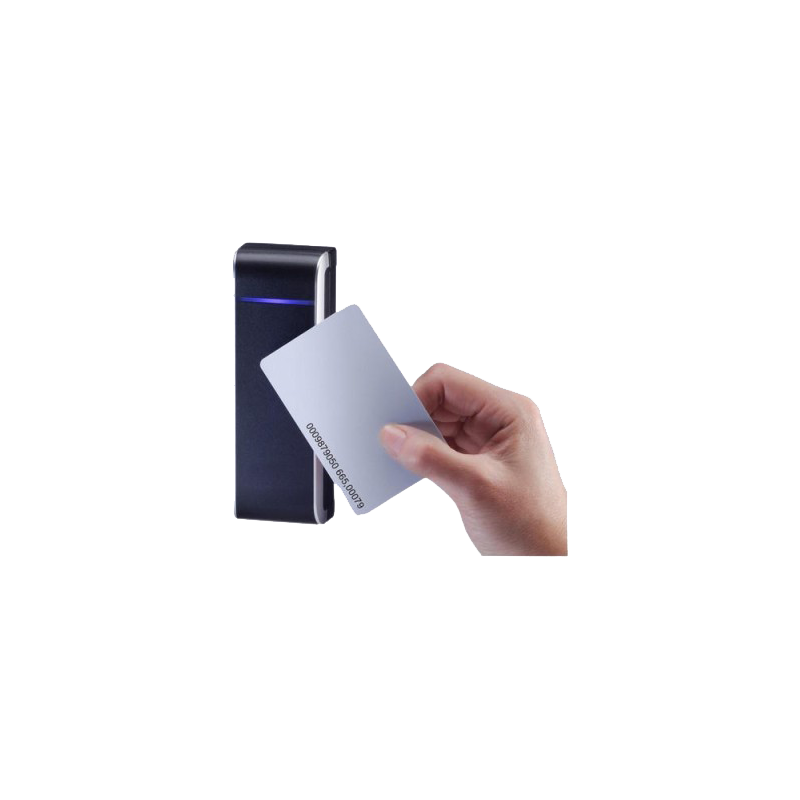
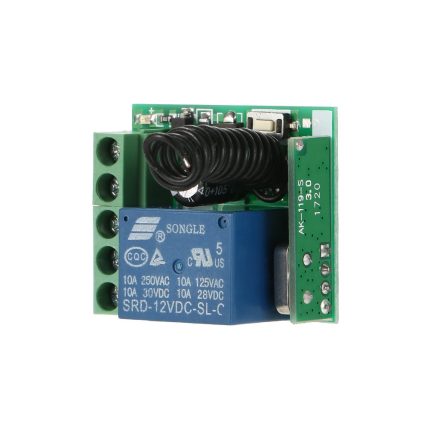
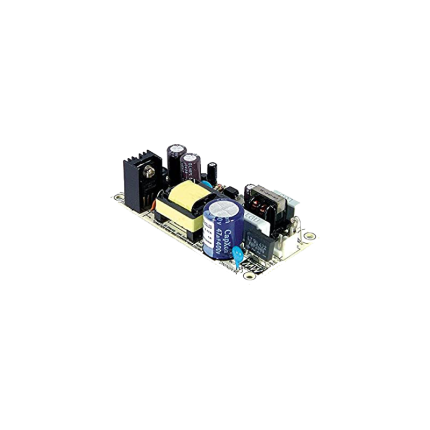
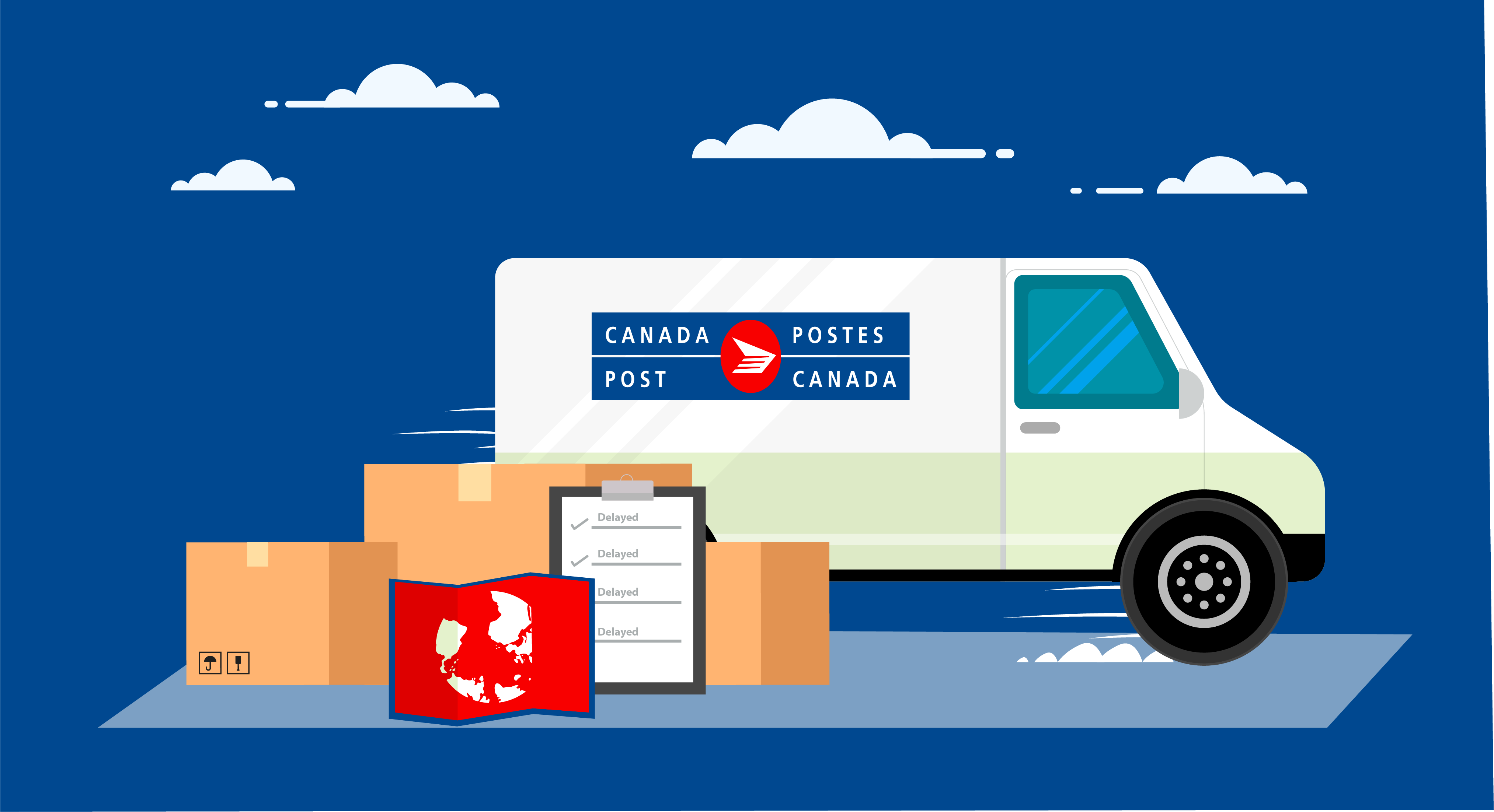
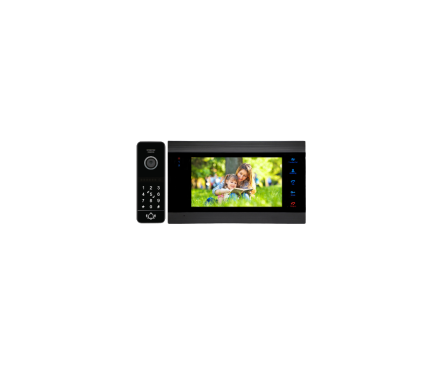
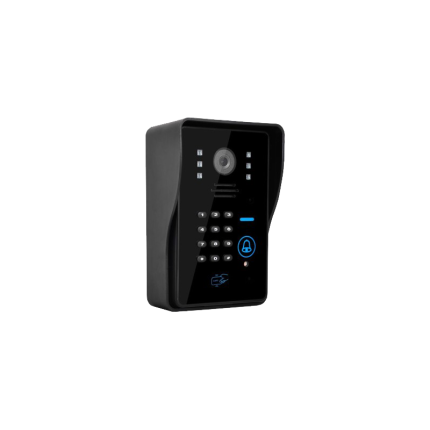
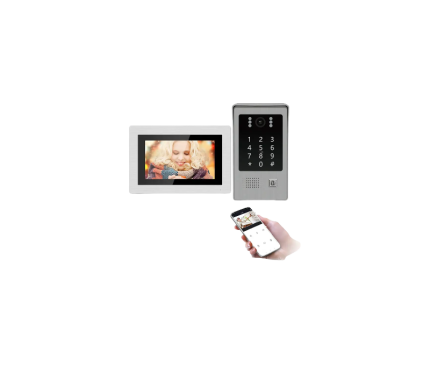
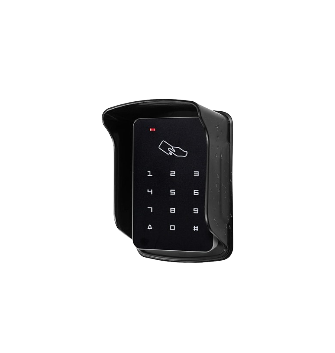

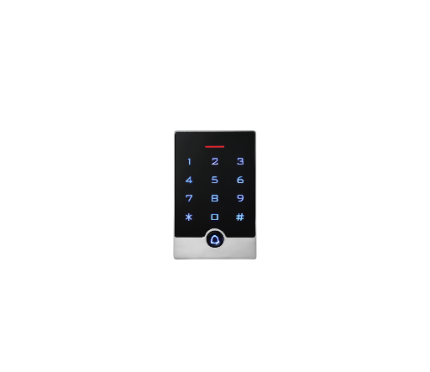
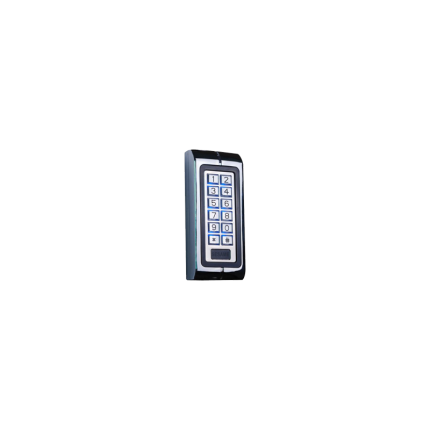
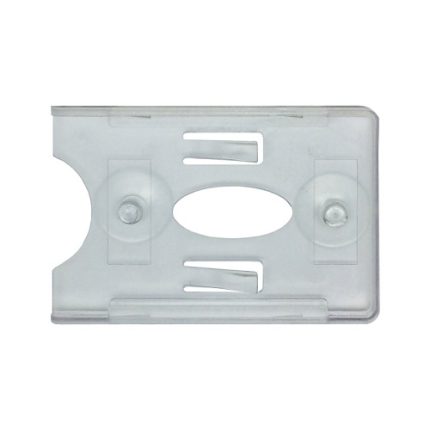
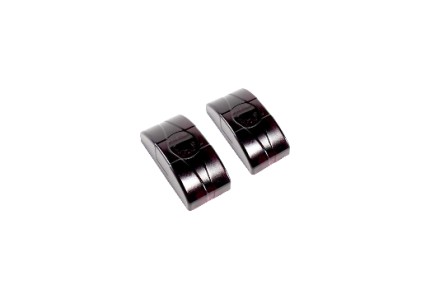
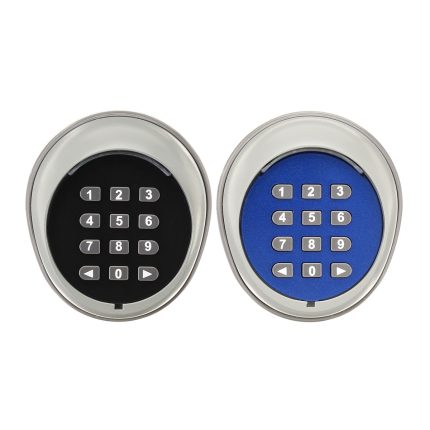
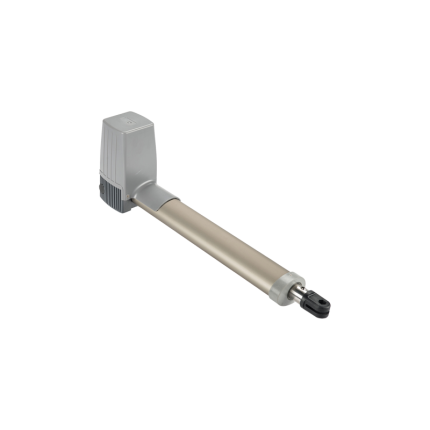
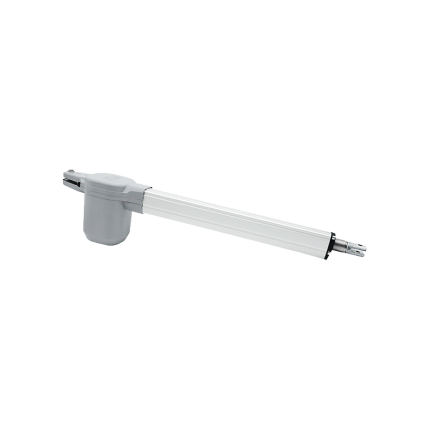

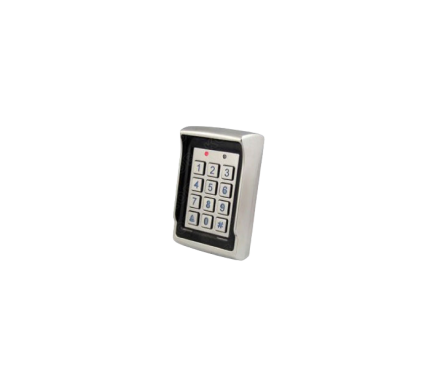
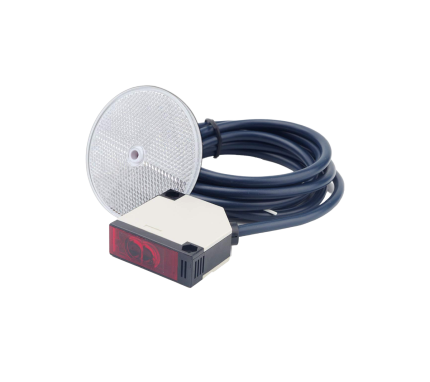
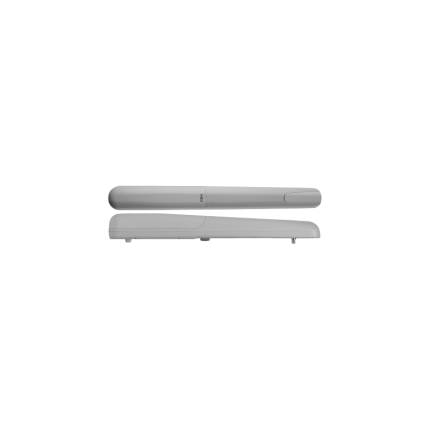
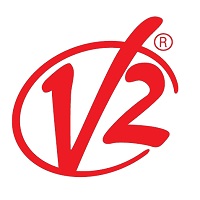

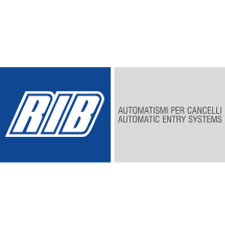

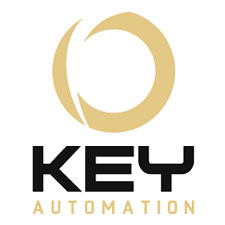




Reviews
There are no reviews yet.